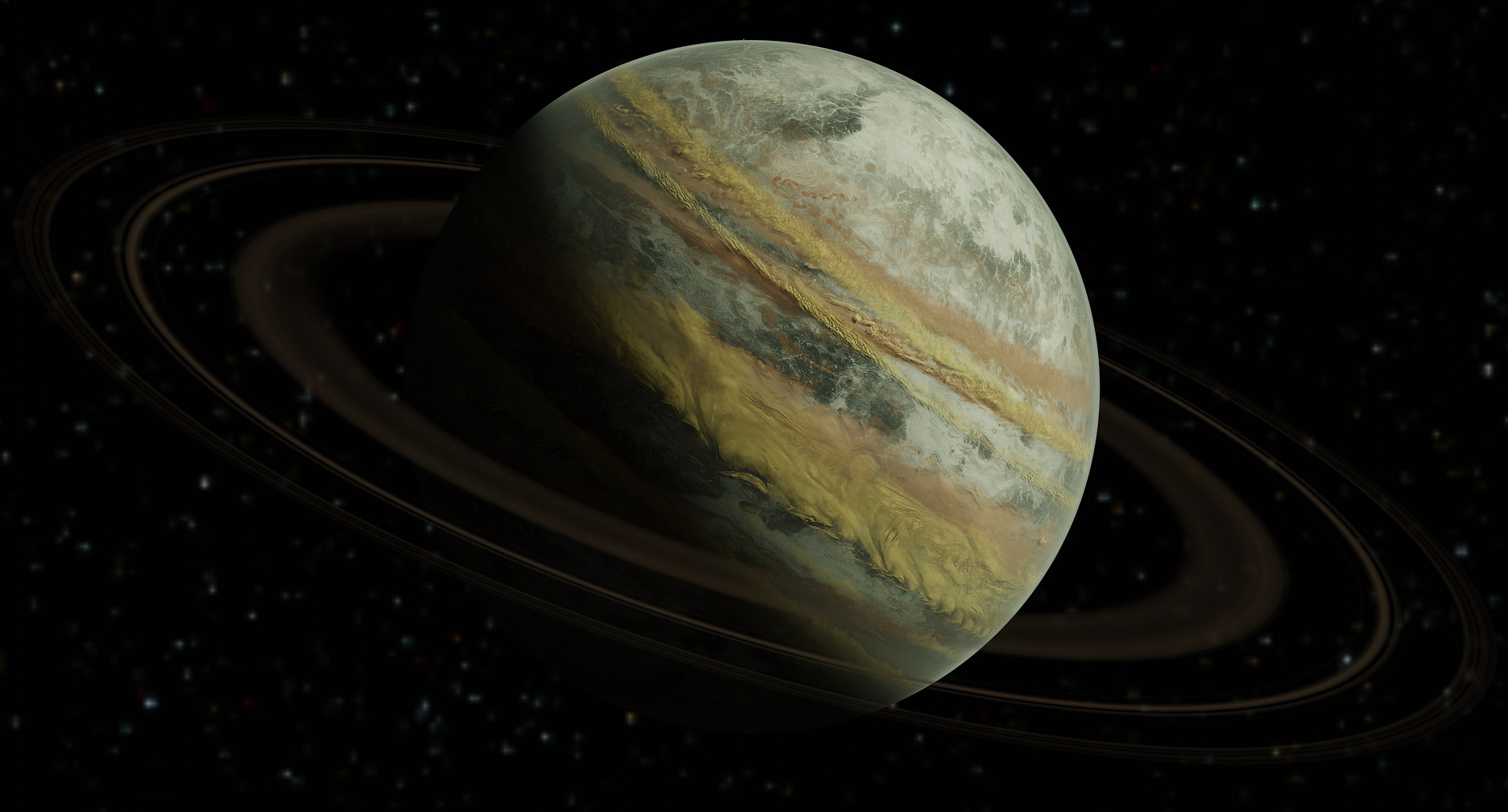Hydrogen sulfide and metal-enriched atmosphere for a Jupiter-mass exoplanet
https://www.nature.com/articles/s41586-024-07760-y
The time evolution of the ultraviolet habitable zone
https://academic.oup.com/mnrasl/advance-article/doi/10.1093/mnrasl/slae064/7709457
On the difficulties of obtaining absolute transit depths with HST WFC3: KELT-11 b, an example
https://academic.oup.com/rasti/advance-article/doi/10.1093/rasti/rzae023/7709479
Exoplanet Aeronomy: A Case Study of WASP-69 b’s Variable Thermosphere
https://iopscience.iop.org/article/10.3847/1538-3881/ad5354
Simulated Climate of TRAPPIST-1e Using MPAS-A and Comparisons with Other GCMs
https://iopscience.iop.org/article/10.3847/PSJ/ad5546
Physically viable travsersable wormhole solutions and energy conditions in F(R,T) gravity within R2 formalism via specific form of shape functions
https://www.sciencedirect.com/science/article/abs/pii/S221268642400147X
Resonant and Ultra-short-period Planet Systems are at Opposite Ends of the Exoplanet Age Distribution
https://arxiv.org/abs/2407.04765
Stellar metallicity is a key parameter for the search of Life in the Universe
https://arxiv.org/abs/2207.03748
A novel metric for assessing climatological surface habitability
https://arxiv.org/abs/2407.05838
Giant planet interiors and atmospheres
https://arxiv.org/abs/2407.05853
Predicting the Galactic population of free-floating planets from realistic initial conditions
https://arxiv.org/abs/2407.05992
Characterisation of the Warm-Jupiter TOI-1130 system with CHEOPS and photo-dynamical approach
https://arxiv.org/abs/2407.06097
TESS Investigation — Demographics of Young Exoplanets (TI-DYE) II: a second giant planet in the 17-Myr system HIP 67522
https://arxiv.org/abs/2407.04763

